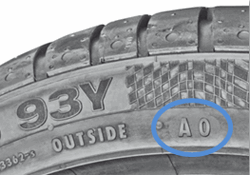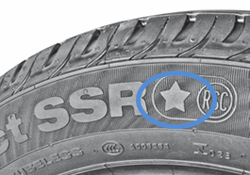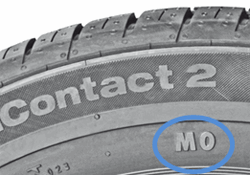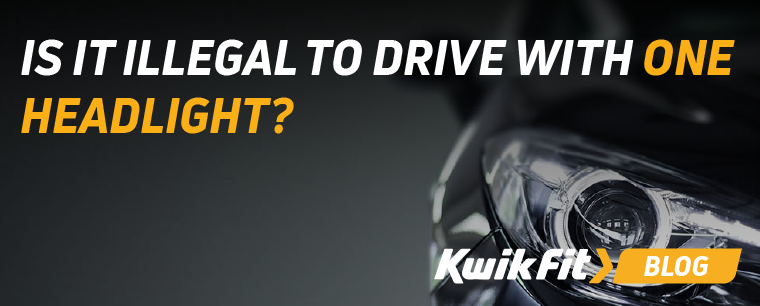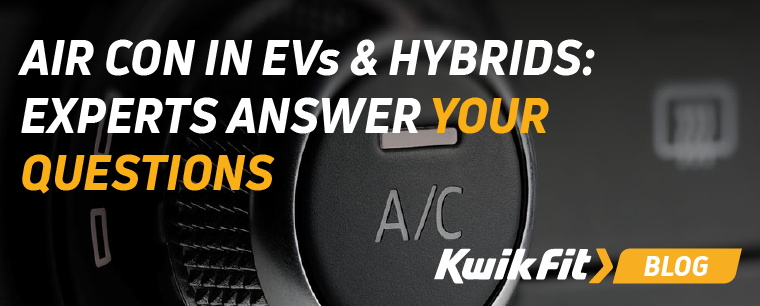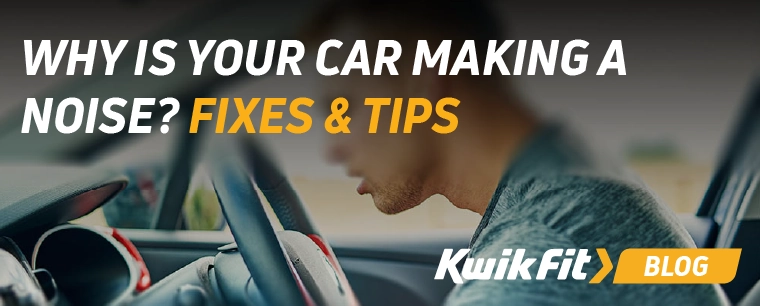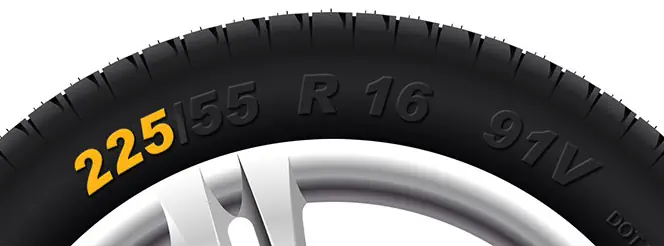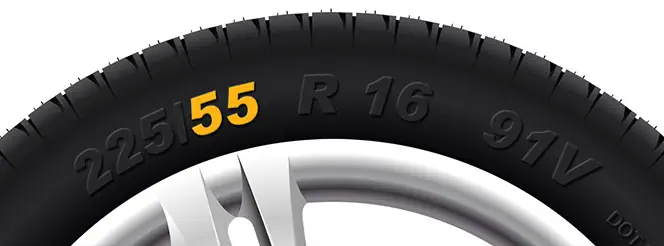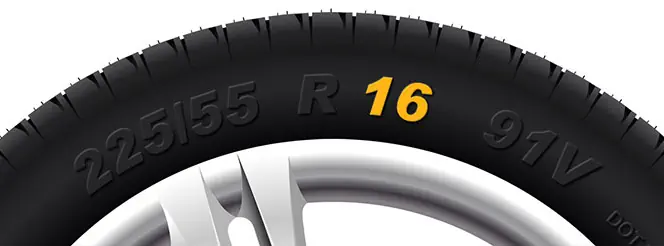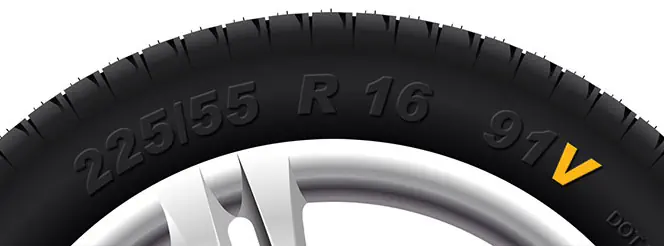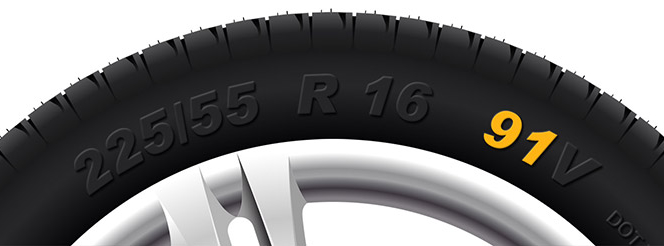A quick guide to Original Equipment
Bradley Jando | Monday 22nd February 2021 4:00pm
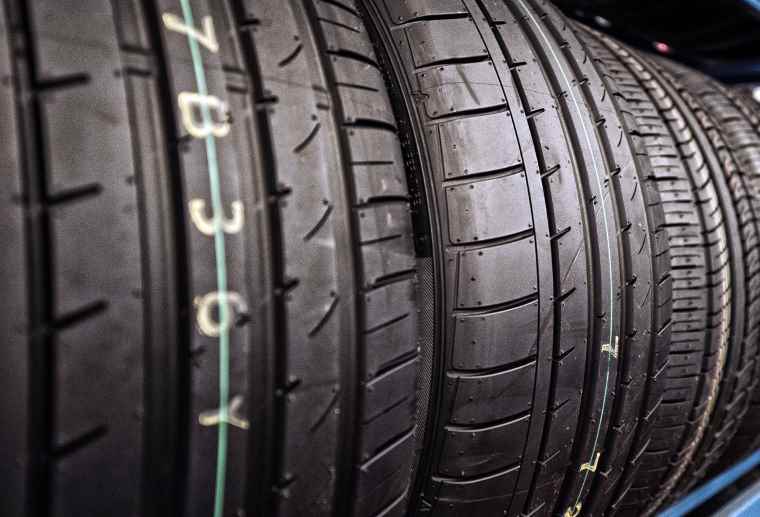
All new vehicles roll off the production line on a brand new set of tyres. But since vehicle manufacturers do not produce their own tyres, they team up with the world’s leading tyre manufacturers and select tyres that are perfectly suited to the vehicle they are being fitted to. Such tyres are known as Original Equipment (OE) and it can take years to develop a tyre to meet the exacting requirements of the vehicle manufacturer.
What is Original Equipment?
Original Equipment refers to any vehicle component that is selected by the vehicle manufacturer to be fitted to the vehicle as standard. The term is not only used in reference to tyres; manufacturers of batteries, exhausts, and other components can also be selected as original equipment by the vehicle manufacturer.
As you can imagine, it is one of the highest accolades for a tyre to be selected as an Original Equipment Manufacturer (OEM) – recommendations for a tyre product don’t come any bigger than this. After all, if the world’s top car manufacturers place their trust in a particular tyre, it means you can too when the time comes to replace those tyres. That’s why tyre producers work closely with car manufacturers, from initial scope and hypothesis, to extensive product testing to ensure the tyre is ideally suited to the vehicle it is being fitted to.
Rigorous Tests
Vehicle manufacturers put tyres through a series of stringent tests to ensure that they conform to the highest possible quality standards. Every element of the tyre’s capabilities is evaluated – including handling, braking, comfort, fuel consumption, safety, and noise levels, to name but a few.
Tyres are also tested in a number of different weather conditions and surfaces. To put this into perspective the EU Tyre Label, which can be found on all new tyres and is an influential factor for many customers when deciding to buy a particular tyre, only tests three criteria (fuel efficiency, wet grip, and external rolling noise). Vehicle manufacturers, on the other hand, carry out over 100 different tests to find the best tyres. In total, it can take up to three years to develop a new tyre for use as Original Equipment.
No Ordinary Tyres
In some cases, particularly when designing high performance vehicles and sports cars, manufacturers have particularly demanding requirements and so OEMs design and optimise tyres specifically for that vehicle model.
Using these tyres ensures the vehicle drives and performs exactly as the manufacturer intended – which is why manufacturers recommend that only OE approved tyres are used when replacing worn tyres. They may look like regular tyres but there is one key difference that will help you to tell if an OE tyre has been specifically designed for your vehicle.
Sidewall Markings
Many of the world’s top car manufacturers including BMW, Mercedes, and Audi have designated marks that are used on the tyre sidewall to indicate that the tyre meets the manufacturer’s standards and has been given OE status. The same letters and symbols are used by all tyre manufacturers to show that the tyre has been specifically designed for that vehicle.
Common Original Equipment Tyre Markings
The table below includes a list of some of the most common homologated tyre markings and the vehicles they are designed for. This list is not exhaustive and there are many more homologation marks in use. A wide range of original equipment tyres are available at Kwik Fit. Look out for the homologation marking shown in the attributes of tyres that are intended for use with a particularly vehicle make or model.
| Manufacturer | Symbol |
|---|---|
| Alfa Romeo | AR, ARR, AZ |
| Audi | AO |
| Bentley | B, B1 |
| BMW & Mini | (Star) |
| BMW Electric & Nio | I |
| Ford | FO |
| Jaguar | J |
| Land Rover | LR, LRO |
| Mercedes | MO |
| Mercedes (AMG) | MO1 |
| Mercedes Runflat | MOE |
| Porsche | N0, N1, N2, N3, N4, N5, N6 |
| Tesla | T0 |
| Toyota | TO, MZ |
| Volkswagen | (Plus), VO, G |
Trust your local Kwik Fit
For all their bells and whistles, modern cars are still kept on the road because of their tyres. So when it comes to your safety, and that of your passengers, trust your local Kwik Fit garage for tyre fitting – with a variety of options to suit your budget.
Any facts, figures and prices shown in our blog articles are correct at time of publication.
Featured Articles
Is it Illegal to Drive With One Headlight?
Saturday 19th July 2025
Wondering if it’s illegal to drive with one headlight? Learn about the safety risks and penalties of illegal blown bulbs and why you should fix them promptly.
Air Con in EVs & Hybrids: Experts Answer Your Questions
Monday 30th June 2025
Does air con drain EV batteries? Can you use the air con while charging an electric car? Find out the answers to these questions & more from Kwik Fit’s experts.
Why Is Your Car Making a Noise? Fixes & Tips
Friday 13th June 2025
When your car starts making unexpected noises, it can certainly be quite disconcerting; it may be nothing to worry about, but here’s what you need to know.


